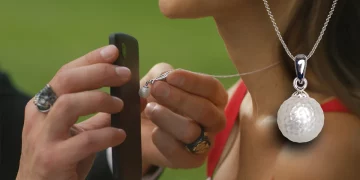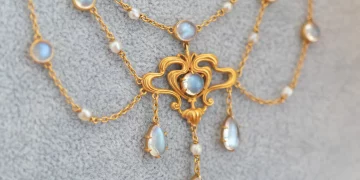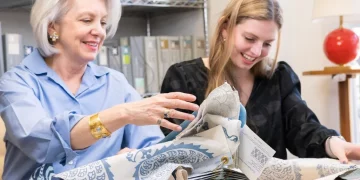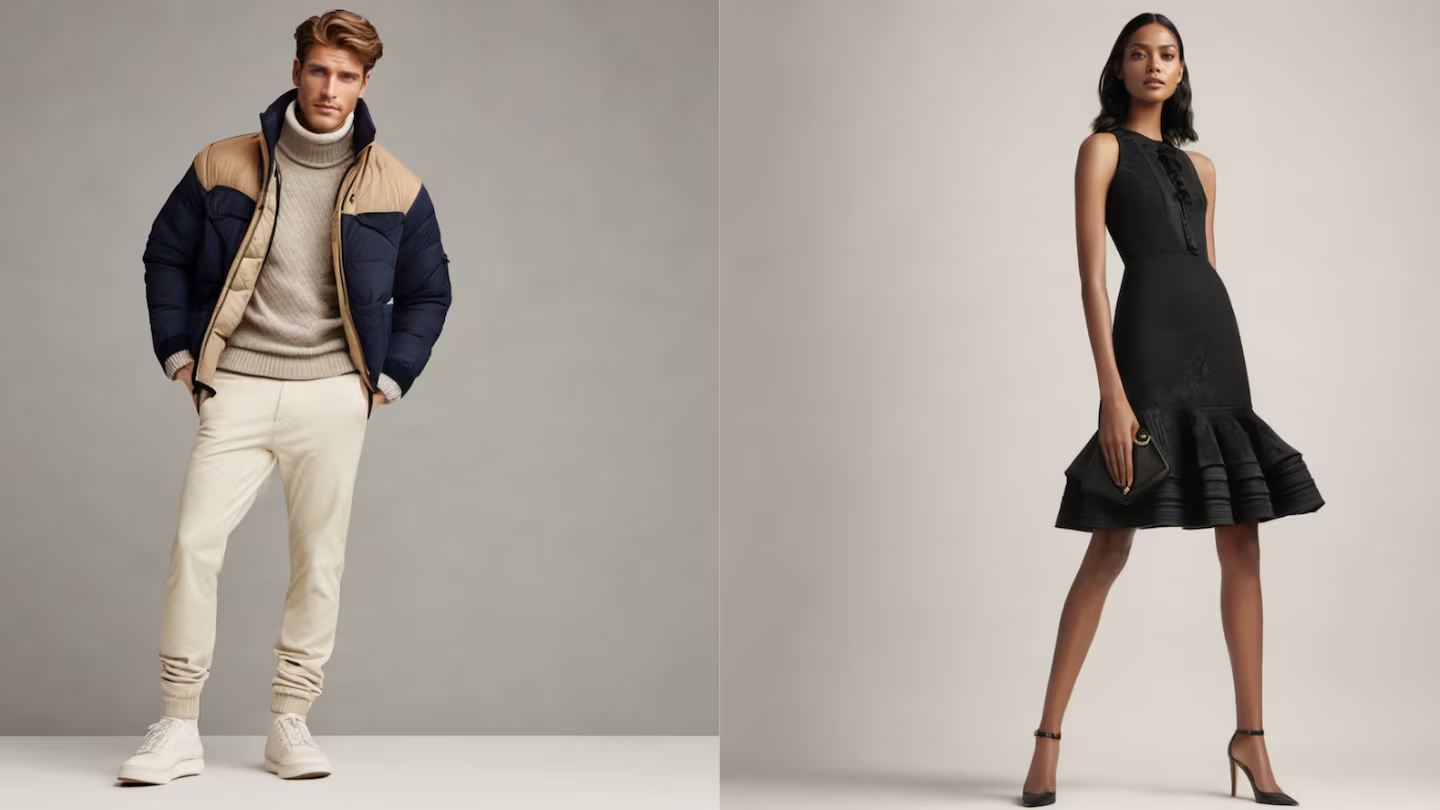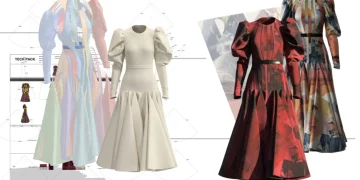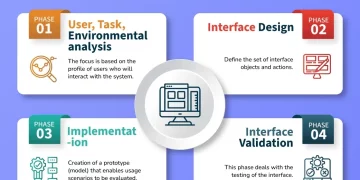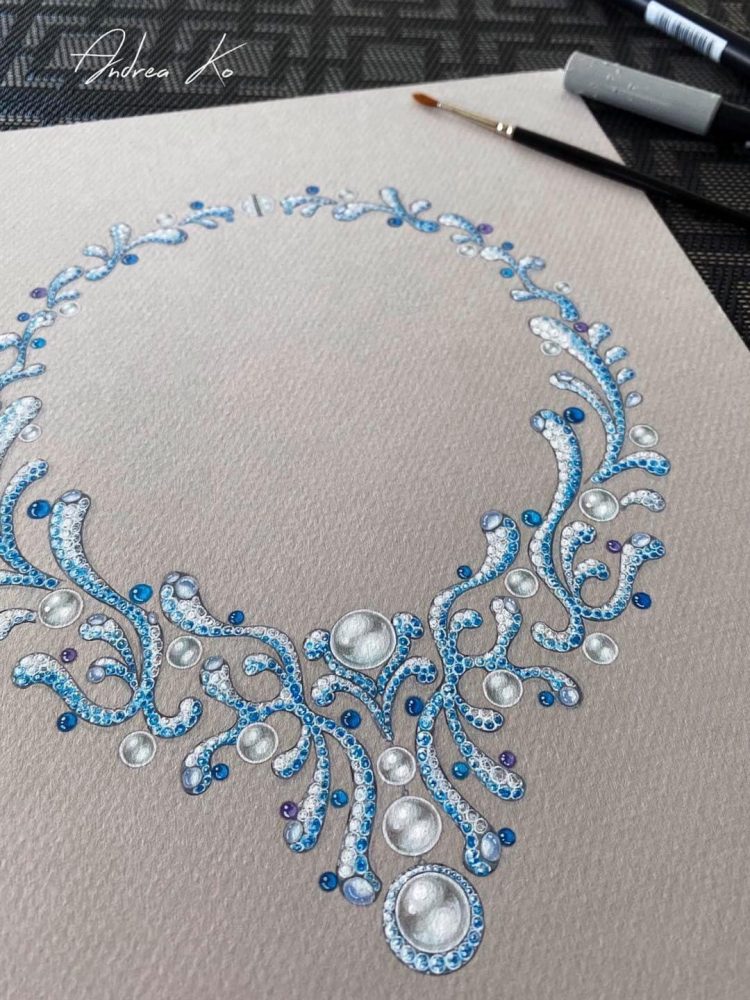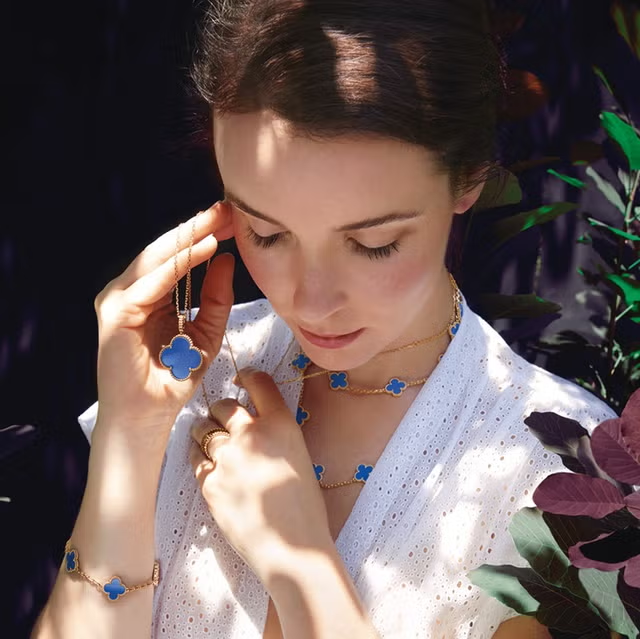Abstract
The jewelry industry, particularly the luxury segment, has undergone significant transformation in recent years. From shifting consumer preferences to the impact of digitalization and sustainability concerns, top jewelry designers are faced with the challenge of staying ahead of rapidly changing market demands. This article explores the strategies that leading jewelry designers use to navigate these changes, balancing timeless craftsmanship with modern trends. It examines how they are embracing innovation, responding to sustainability calls, utilizing digital platforms, and adapting to evolving consumer tastes to ensure their creations remain relevant in an increasingly dynamic market.
1. Introduction
The luxury jewelry industry has always been a reflection of cultural trends, societal values, and technological advancements. However, over the past decade, the pace of change has accelerated, driven by various factors such as social media, sustainability concerns, and the rise of new consumer demographics. Top jewelry designers, who once operated with a certain sense of stability in their design processes and customer base, now find themselves in an environment where flexibility and innovation are crucial.
Gone are the days when traditional craftsmanship and design were enough to secure a designer’s place in the market. Today’s top designers must respond to an ever-evolving marketplace where consumers demand more—whether that be personalized experiences, eco-conscious designs, or a seamless digital shopping journey. This article aims to explore how the world’s top jewelry designers are adapting to these changes while maintaining the essence of their design identity.
2. Understanding the Challenges of a Rapidly Changing Market
2.1 Changing Consumer Preferences
The contemporary jewelry market is witnessing a shift in consumer behavior. The younger generation, particularly Millennials and Gen Z, is looking for different attributes in their jewelry choices than previous generations. These consumers are more attuned to trends and are less inclined to buy traditional luxury pieces without questioning the brand’s values and ethics.
- Sustainability and Ethical Sourcing: There is an increasing demand for sustainable and ethically sourced materials in jewelry. Young consumers are increasingly conscious of the environmental impact of their purchases and are drawn to brands that align with their values. This shift has placed pressure on designers to rethink their sourcing practices and create pieces that are both luxurious and eco-friendly.
- Customization and Personalization: Modern consumers desire individuality in their luxury purchases. Many top jewelry designers are now offering customization services, allowing customers to personalize their pieces in terms of design, gemstones, and engravings. This move toward bespoke jewelry reflects a broader trend toward personalized luxury experiences.
- Digital-Native Consumers: With the proliferation of e-commerce, younger consumers expect a seamless online shopping experience. Jewelry brands must not only create beautiful pieces but also offer a digital shopping experience that mirrors the luxury and elegance of their physical stores. This includes robust online platforms, virtual try-ons, and easy access to information about the products.
2.2 Technological Advancements in Jewelry Design
Technology is transforming the jewelry design process, opening up new avenues for creativity and efficiency. Digital tools such as 3D printing, CAD software, and augmented reality (AR) are revolutionizing how jewelry is designed, produced, and sold.
- 3D Printing: 3D printing has allowed designers to create intricate and complex jewelry designs that would have been difficult or impossible to produce with traditional methods. This technology not only allows for faster prototyping but also enables designers to explore more experimental and unconventional forms.
- Computer-Aided Design (CAD): CAD software gives designers the ability to create highly detailed models of their designs, test materials, and make adjustments in real time. This reduces the risk of errors and allows for greater precision in crafting intricate pieces.
- Virtual Try-Ons: With augmented reality (AR) technology, consumers can now virtually try on jewelry pieces before purchasing them. This offers a more interactive and personalized shopping experience, enabling designers to reach a wider, tech-savvy audience.
3. Strategies Employed by Top Jewelry Designers
3.1 Embracing Sustainability and Ethical Practices
One of the most significant shifts in the jewelry market has been the growing importance of sustainability. As consumer awareness of environmental and ethical issues rises, top designers are responding by incorporating sustainable practices into their designs.
- Ethical Sourcing of Materials: Leading jewelry designers are increasingly committed to using responsibly sourced materials, such as conflict-free diamonds, recycled metals, and sustainable gemstones. Some have partnered with suppliers who provide traceability for their materials, ensuring that they come from ethical sources. This transparency helps to build consumer trust, particularly among younger buyers who prioritize ethical concerns.
- Recycled and Upcycled Materials: Another key trend is the use of recycled materials in jewelry design. High-end brands like Chopard and Cartier are embracing the circular economy by using recycled gold, platinum, and other metals in their collections. Upcycling older pieces of jewelry, transforming them into new designs, is also gaining popularity, allowing designers to repurpose precious materials and reduce waste.
- Eco-Conscious Packaging: Along with sustainable materials, many top jewelry designers are also adopting eco-friendly packaging to appeal to conscious consumers. Biodegradable boxes, recycled paper, and minimalistic packaging options are becoming more common in the industry.
3.2 Leveraging Digital Tools and Platforms
In an increasingly digital world, it’s not enough for jewelry designers to simply sell beautiful pieces; they must also cultivate a robust online presence and offer a digital experience that resonates with today’s tech-savvy consumer.
- E-Commerce and Social Media: Top designers are taking full advantage of digital platforms like Instagram, Facebook, and Pinterest to market their designs and engage with potential customers. Through social media, they can build brand awareness, share behind-the-scenes content, and connect with their audience in ways that were not possible in the past.
- Virtual Reality (VR) and Augmented Reality (AR): Many luxury jewelry brands are using AR and VR to offer consumers an immersive shopping experience. For example, brands like Swarovski and Tiffany & Co. have developed virtual try-on apps that allow consumers to see how jewelry looks on their own bodies without having to visit a store.
- Online Customization: Designers are increasingly offering online platforms where customers can customize their jewelry pieces. This allows for a more personalized shopping experience, where customers can choose stones, metals, engravings, and even the design itself. The rise of online customization tools has made luxury jewelry more accessible and tailored to individual tastes.
3.3 Focusing on Collaboration and Limited-Edition Pieces
To keep pace with consumer demand for exclusivity and uniqueness, many top jewelry designers are increasingly collaborating with other designers, artists, and even brands outside the traditional jewelry industry. This approach taps into the growing desire for one-of-a-kind, limited-edition pieces that carry a sense of individuality and prestige.
- Collaborations with Artists and Celebrities: Designer collaborations with well-known artists, influencers, or celebrities help to generate buzz and appeal to new demographics. For example, partnerships with fashion designers, architects, or visual artists allow jewelers to create limited-edition collections that are both innovative and exclusive.
- Exclusivity and Limited Editions: Another way designers are responding to market demand is by releasing limited-edition collections. By offering a select number of pieces or exclusive designs, jewelry designers can create a sense of scarcity and value, which appeals to luxury buyers who seek something rare and unique.
3.4 Adapting to Fast Fashion and Microtrends
While luxury jewelry tends to be timeless, designers are increasingly responding to the demand for fast fashion and microtrends. These trends are often driven by influencers, social media, and celebrity endorsements, which can create rapid shifts in consumer preferences.
- Quick Turnaround: Some top designers are introducing faster turnaround times for new collections, allowing them to capitalize on emerging trends without sacrificing quality. By using 3D printing and CAD software, they can design and produce new collections more efficiently, reducing lead times and staying ahead of trends.
- Micro-Collections: Designers are also experimenting with smaller, more frequent collections that cater to specific trends or occasions. This allows them to offer pieces that are both fashionable and relevant to current market demands, while also maintaining their brand’s core identity.

4. The Future of Jewelry Design in a Rapidly Evolving Market
As the jewelry market continues to evolve, designers will need to remain flexible and agile in responding to the changing demands of consumers. The future of jewelry design lies in the ability to combine tradition with innovation, creating pieces that honor timeless craftsmanship while embracing new materials, technologies, and sustainability practices.
- Sustainability as a Core Value: Moving forward, sustainability will likely become an even more central focus for luxury brands. The pressure to adopt eco-friendly practices, from sourcing to packaging, will continue to grow as consumers increasingly demand transparency and accountability from the brands they support.
- Technological Integration: Technology will continue to play a major role in shaping the jewelry market, from virtual try-ons and digital customization tools to the use of AI in designing personalized jewelry. The integration of technology will enhance the consumer experience, allowing for greater creativity and accessibility.
- Evolving Consumer Expectations: As younger generations become a dominant force in the luxury market, their demand for personalization, ethical sourcing, and exclusive experiences will push designers to innovate in ways that align with their values and preferences.
5. Conclusion
Top jewelry designers are faced with a rapidly changing market where consumer preferences, technology, and sustainability concerns are reshaping the landscape. To succeed, designers must adapt to these shifts while maintaining the core principles of their craft. By embracing digital tools, offering customization, prioritizing sustainability, and staying attuned to emerging trends, designers can continue to create jewelry that resonates with today’s consumers and remains relevant in an ever-evolving industry.




